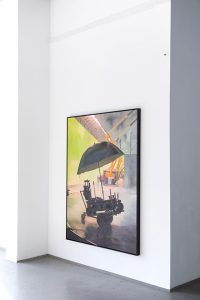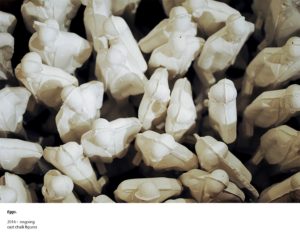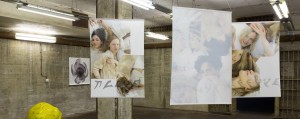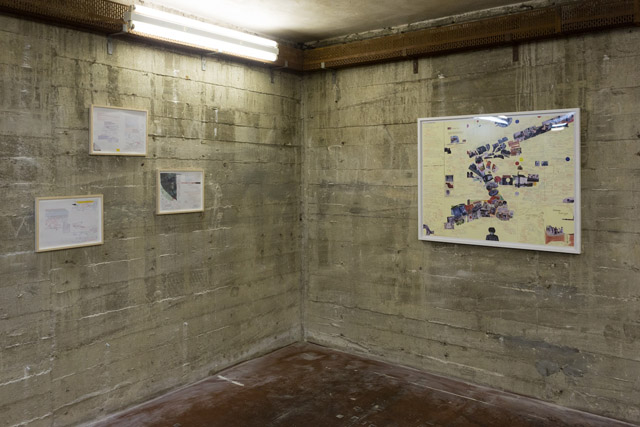“Maybe, the music lost the war,” posits Ji-Hun Kim at the final panel titled ‘Global and Local Music Scenes’ of 3hd Festival, running across venues in Berlin from December 2 to 5. Given the overall theme of the rather meticulously curated event programme –‘The Labour of Sound in a World of Debt’ –it’s possible to see how that might have happened.
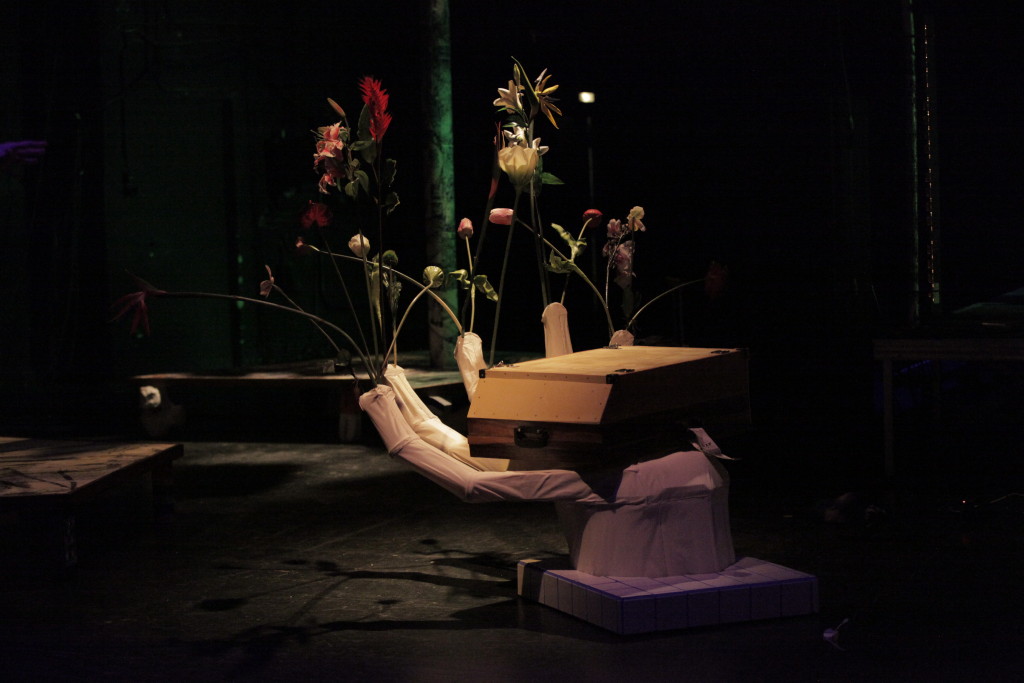
In a climate of big brand sponsorship and accelerated media uncovering, exposing and mining the so-called ‘underground’ in the flattened space of the internet, the outlook of what could have been counterculture appears rather bleak. But then, when it comes to a project like 3hd –where its Creamcake organisers Anja Weigl and Daniela Seitz manage an international cast of musicians, producers, desginers, writers, brought to the German city on a tiny budget –it seems there is still hope.
Here, it’s the sense of community, however dispersed along the global online, that really is palpable. Attendance, for one, is healthy. Crowds vary nicely in demographic depending on the night and engagement with the discussion series –moderated by Adam Harper and including topics like ‘What is the Musical Object in the 21st Century?’ and ‘Visual Pleasure, the Impact of Image Making’ –is lively. The latter takes place in Kreuzberg’s Vierte Welt, surrounded by the art of 3hd’s The Labour of Sound in a World of Debt exhibition. It includes sculpture by Ella CB and Per Mertens, the heavily branded graphic design of Simon Whybray’s JACK댄스 night posters and Kim Laughton’s ‘TIDAL (tone-on-tone)’ video featuring a billboard screen ad for the title music streaming site in what looks like an industrial wasteland.
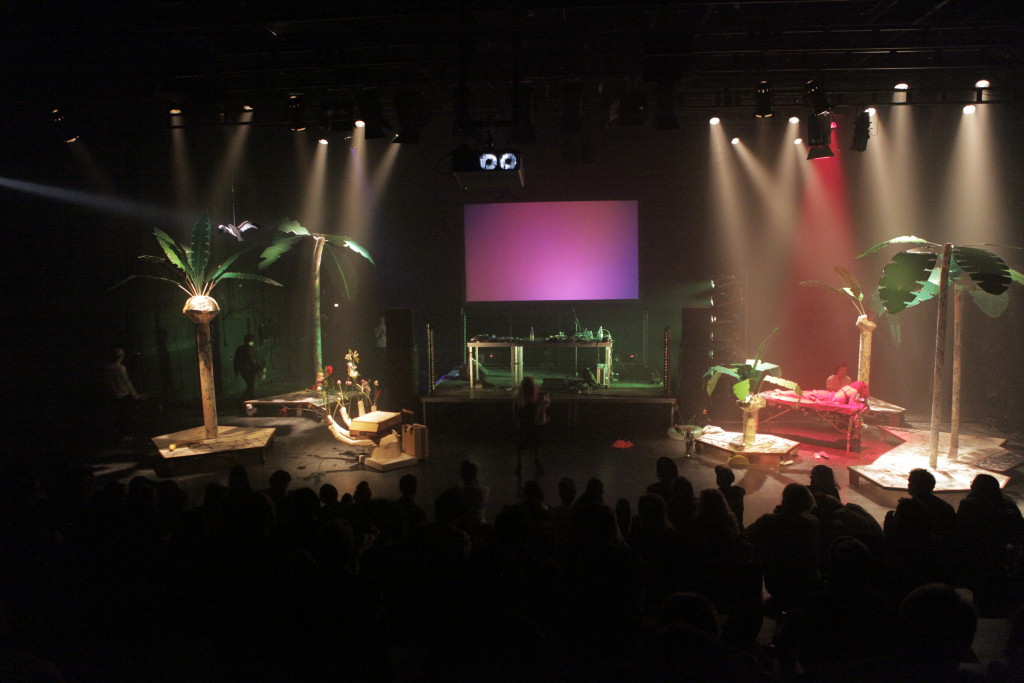
Vierte Welt is also the setting for 3hd’s official opening, where the multiple wall-mounted LED screenings of Emilie Gervais’ ‘Brandon aka Kamisha’ CGI animation and Lawrence Lek’s ‘Unreal Estate (The Royal Academy is Yours)’ projection is shown up by Easter’s short but striking live performance. With it they unveil their ‘True Cup’ video, a film that’s part of a sort of distributed art project featuring the artists, Max Boss and Stine Omar, staring at their flip phones and moving, model-like, around Galerie koal where they also have an exhibition. The show features a serialised video piece, Sadness is an Evil Gas Inside of Me, running at the same time as 3hd and featuring a cast of global creatives, including voice over by Vaginal Davis and cameos by actor Lars Eidinger and Britta Thie. The latter Berlin-based artist similarly has an episodic video work, drawing on Leigh Bowery and showcasing an international art scene in her Transatlantics web series. It’s for that she’s been invited to join the ‘Branding–Hype–Trends’ discussion of 3hd, with its focus getting lost in the panelists’ understandable inability to identify and deconstruct the complicated, inextricable inter-relationship between creativity and capital.
That collusion, or obsession even, is unsettlingly present at the HAU Hebbel am Ufer night of performances the following day. The plastic palm trees and cartoonish props of the exotic Contiki-esque Aurora Sander-designed ‘Love Jungle’ sets the scene for Dafna Maimon and Adrian Hartono’s performing the high-life in a massage for ‘Dear Unkown One’. Conceptions of luxury, money, power, feature heavily tonight. Classically-trained cellist Oliver Coates performs the disturbing soundtrack to a live rendition of Lawrence Lek’s ‘Unreal Estate’. The 3D animation travels through the empty rooms of an imagined London Royal Academy of Art, now up for private sale. Lek’s bilingual voiceover reads English and Mandarin translations of instructions on running a wealthy household from Russian Tatler magazine: “Learn how to do everything yourself. That’s how to stop the servants blackmailing you”. Colin Self’s multimedia performance of his sequential opera ‘The Elation Series’ is a festival highlight, while Aaron David Ross (ADR)’s ‘Deceptionista’ presents an assault of noise and real-time Vine videos shattered into violent shards of visual information fed through the Tabor Robak-developed VPeeker software.
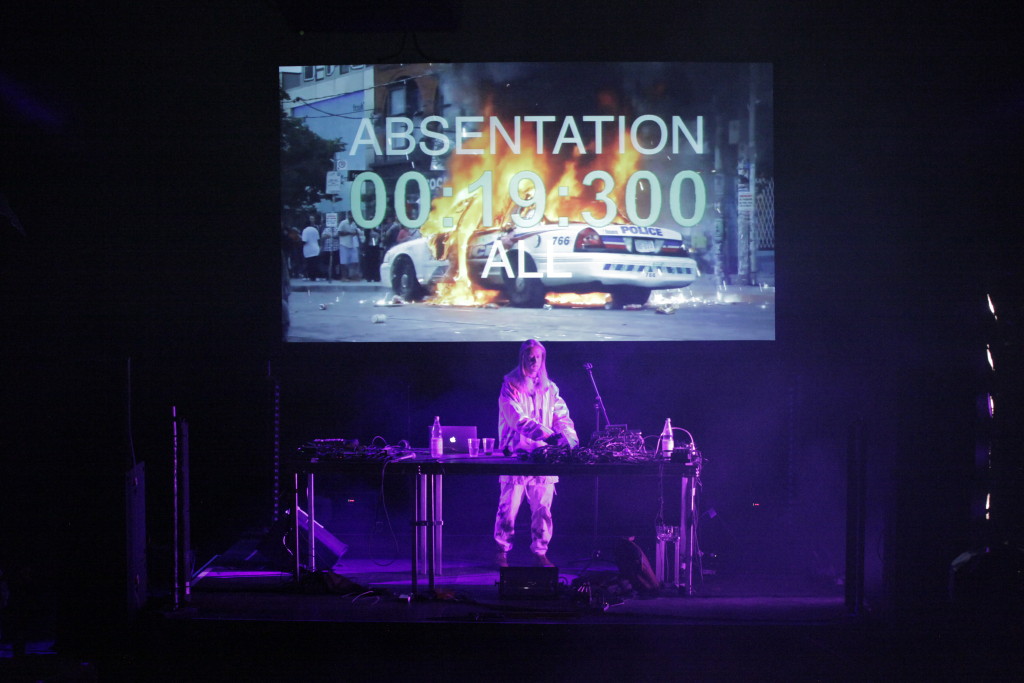
Repeatedly, a blurring of boundaries between what you might consider ‘pop’ versus ‘underground’ circulates throughout the four-day event. Malibu opens a queer, vocoder-heavy sung performance at OHM with Justin Bieber’s ‘What Do You Mean?’. A video presentation by Nicole Killian opens the ‘The Media, Fan and Celebrity Culture’ panel live via Skype from her home in Virginia. The Richmond-based artist talks Tumblr aesthetics and self-started teen girl culture as not only a subversion but a kind of hack into the power of celebrity by not just ‘killing’ their idols but by ‘eating’ them too.
That kind of pop culture cannibalism is something that Danny L Harle and DJ Paypal do in their own way at Südblock on the last night. The former does so by weaving his high-classical background with ‘low’ pop music appreciation into the slightly manic electronic opuses he and his PC Music peers have become known for. DJ Paypal, meanwhile, hijacks dance to develop an almost aggressive pursuit of a pure high. The subject of Justin Bieber again emerges at Vierte Welt as Simon Whybray shows the global superstar’s latest Purpose album cover as an example of bad graphic design in his opening lecture for the ‘Branding–Hype–Trends’. It seems that Whybray, too, is unsure of the distinction between what is and isn’t ‘bad’ when considering counterculture and its position within the mainstream, but then that’s probably, vitally, the point. **
